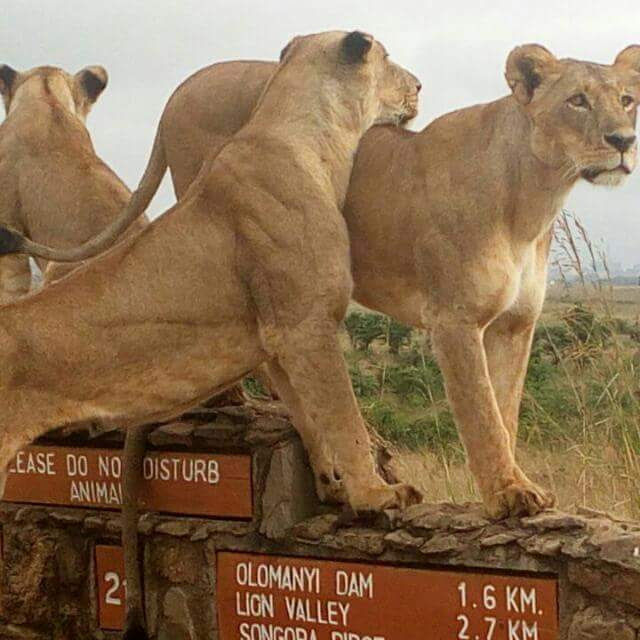The wildebeest migration is one of the most spectacular wildlife events in Kenya and Tanzania, attracting travelers and nature enthusiasts from around the world. The migration primarily involves wildebeests (also known as gnus), zebras, and other herbivores moving between different areas in search of water and grazing. While the migration is a continuous, year-round process, the most famous and dramatic part occurs in the Maasai Mara National Reserve in Kenya. Here’s an overview of the wildebeest migration in Kenya:

1. Timing:
The migration is a cyclical event that happens throughout the year, with the exact timing influenced by weather conditions and the availability of grass and water. The most iconic part of the migration is the river crossing, which typically occurs between July and October.
2. Serengeti to Maasai Mara:
The wildebeest migration is a continuous journey that involves the movement of herds between the Serengeti National Park in Tanzania and the Maasai Mara in Kenya. The Mara River, which marks the border between the two countries, is a significant obstacle for the migrating herds.
3. River Crossing:
The river crossing is a thrilling and challenging part of the migration. Thousands of wildebeests gather at the banks of the Mara River, and, when conditions are right, they attempt to cross. Crocodiles and other predators often wait in the river, making the crossing a perilous journey for the wildebeests.
4. Maasai Mara National Reserve:
The Maasai Mara is a key destination for witnessing the wildebeest migration in Kenya. The reserve offers vast grasslands and is known for its high concentration of wildlife. Many tour operators offer game drives and guided safaris specifically focused on migration.
5. Hot Air Balloon Safaris:
Consider taking a hot air balloon safari in the Maasai Mara for a unique perspective of the migration. This allows you to witness the expansive landscape and the movement of herds from the air.
6. Accommodations:
Plan your visit and book accommodations in or around the Maasai Mara. Lodges and tented camps in the area provide a comfortable base for experiencing the migration.
7. Local Guides:
Engage local guides or tour operators with experience in the region. They can provide valuable insights into migration patterns and increase your chances of witnessing key events.
To make the most of your wildebeest migration experience, it’s essential to plan your visit around the expected migration periods and choose reputable tour operators or guides familiar with the area. Keep in mind that wildlife behaviour can be unpredictable, and the timing of the migration may vary from year to year.


